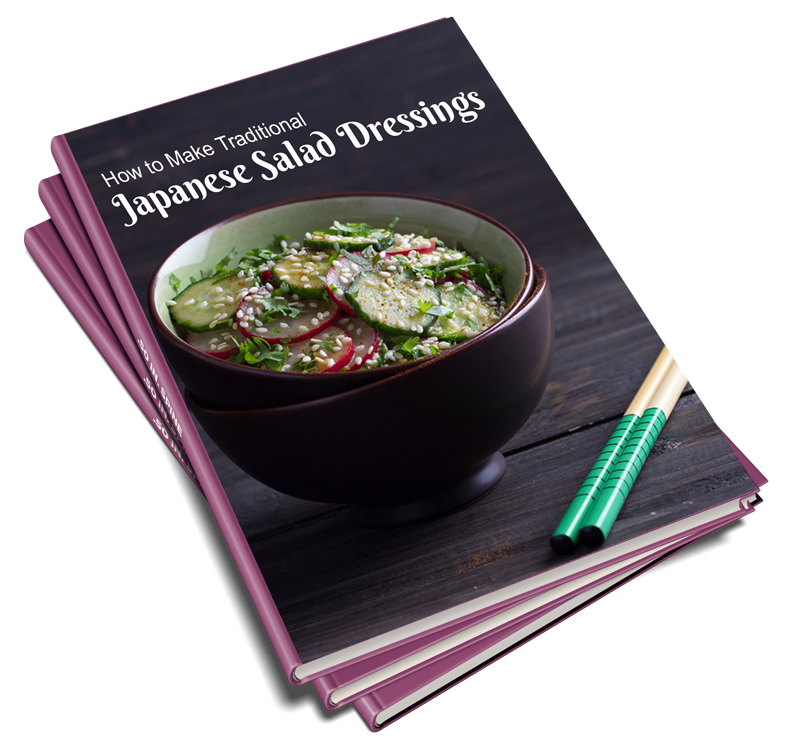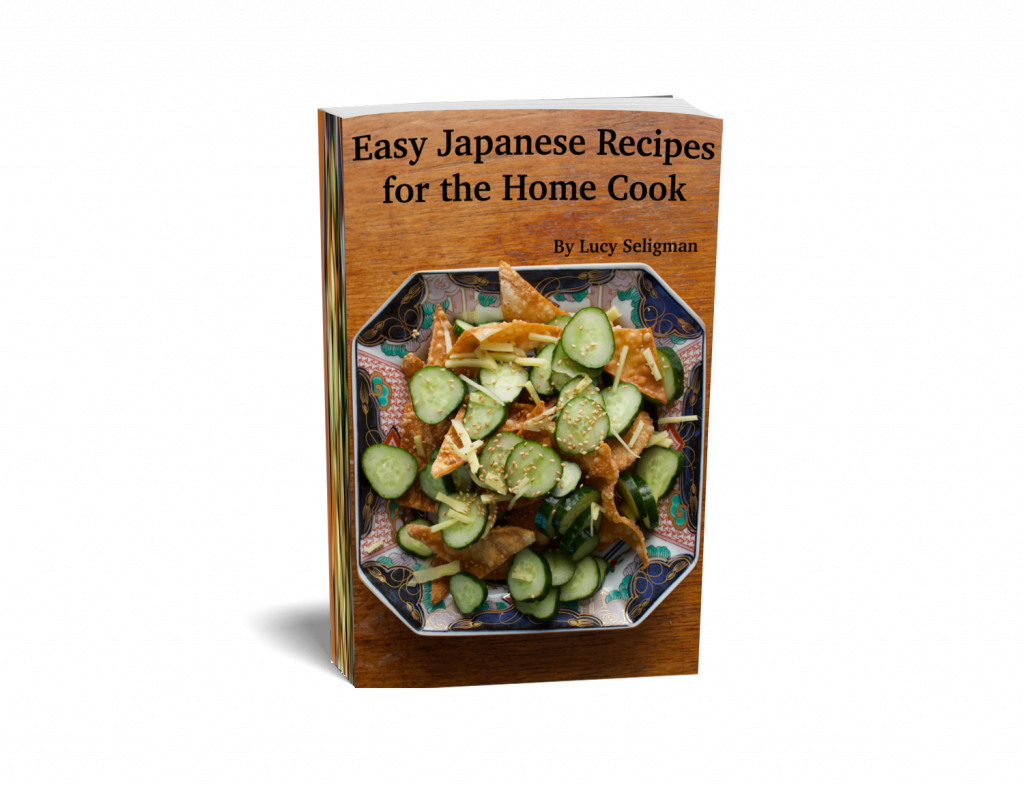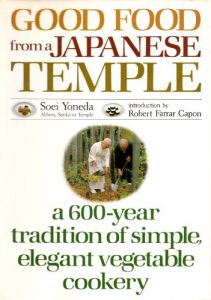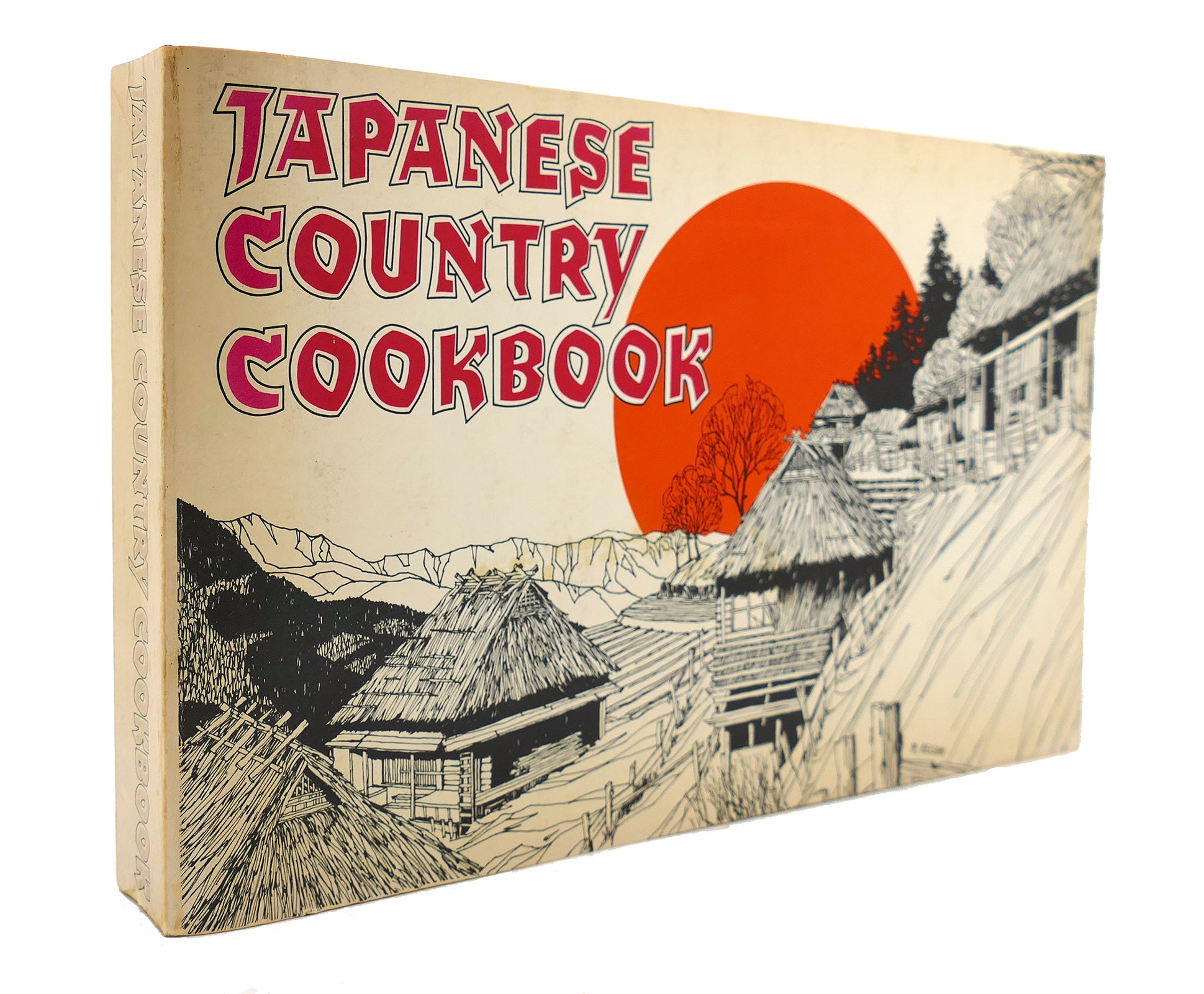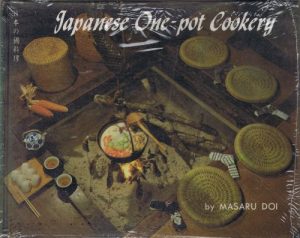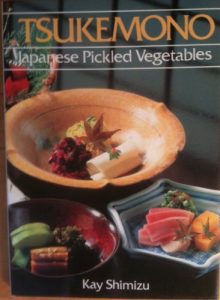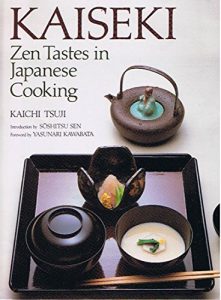 When I was a college student in Tokyo, I would often pass mobile food stalls, called yatai, late on blustery winter nights and be completely overwhelmed by the powerful aroma of oden, or Japanese hodgepodge stew. Oden’s pungent smell and taste have made it a perennial favorite with drinkers, no matter the season. It is definitely a comfort food in Japan and can be enjoyed anytime by everyone.
When I was a college student in Tokyo, I would often pass mobile food stalls, called yatai, late on blustery winter nights and be completely overwhelmed by the powerful aroma of oden, or Japanese hodgepodge stew. Oden’s pungent smell and taste have made it a perennial favorite with drinkers, no matter the season. It is definitely a comfort food in Japan and can be enjoyed anytime by everyone.
The oden is derived from dengaku–grilled, skewered tofu topped with miso. The dish got its start in the late Edo era (1603-1867) when the people of old Edo (now Tokyo) began cooking many ingredients stuck on bamboo skewers in one pot. They used soy sauce as a base, which accounts for the murky darkness of the stock and the uniformly brownish color of the ingredients. Called Kanto-daki (Kanto-style oden), this dish was passed down to the Kansai area. There the people of Osaka changed the stock, taking out the soy sauce and substituting salt and kelp, or sometimes chicken stock or even white soy sauce, to create a clearer, more delicate broth. The variation, known as Kansai-daki, reached Tokyo and influenced the original oden. In fact, traditional soy sauce-based oden has become a rarity, even in Tokyo.
My version of Kanto-style Oden is slightly unorthodox, as it includes a relatively small amount of processed fish paste products. You are welcome to add as much as you like. The secret to making a great oden? Time (it definitely improves with age), a variety of ingredients, and the all-important condiment, karashi, spicy Japanese mustard. This Kanto-style recipe is just one of the collection of regional dishes featured on Thanks for the Meal.

Kanto-Style Oden
Ingredients
- 24 ounces (685 grams) daikon radish, unpeeled, cut into 1-inch (2-1/2 cm) rounds, simmered over low heat in water for one hour
- 5-1/4 ounces (150 grams) fresh shiitake mushrooms, washed, stemmed, and placed on bamboo skewers (three per skewer)
- 1-1/4 lb. (600 grams) white potato, peeled, and cut in half, simmered in water for 30 minutes and drained
To make Fukuro (stuffed, deep-fried tofu):
- 5 large pieces abura-age (deep-fried tofu), dipped in boiling water for 2 minutes to get rid of excess oil, squeezed to remove excess water, cut in half, then opened to create little sacks
- 3-1/2 ounces (100 grams) mochi (pounded rice cakes, cut into 3/4 ounce (approx. 20g) slices
- 8 ounces (225 grams) shirataki (devil’s tongue noodles), cut in half, parboiled, and drained
- 3 raw eggs
- 10 8-inch (20cm) long kampyo (dried gourd strips), washed and drained, to tie up the sacks
- 8 ounces (225 grams) konnyaku (devil’s tongue jelly) cut into triangles, parboiled, and drained
- 2 chikuwa (fish paste rolls) cut on the bias into thick slices
- 1 cake tofu, drained and cut into 8 thick squares
- 4-6 chicken drumsticks
- Assorted cut-up fish paste products such as kamaboko and satsuma-age, optional
Dashi Fish Stock:
- 1 ounce (30 grams) konbu (kelp) wiped with a damp cloth and lightly slashed
- 8 cups water to soak the kelp in for 30 minutes; retain the water
- 2 small packets (1/5 ounce or 6g) katsuobushi (dried bonito shavings)
Prepared Dashi Stock:
- 2 tbsps sake
- 1/4 cup light soy sauce or to taste
- 2 tbsps mirin (sweet sake) or to taste
- 2 tsps salt or to taste
Condiment:
- spicy Japanese mustard (karashi) to taste
Instructions
- Place the kelp and water into a soup pot over medium heat. Just before it boils, take out the kelp (which can be cut up and added to the oden) and add the bonito shavings. Boil for a minute or two, then strain. Return the stock to a clean soup pot. Add the remaining stock ingredients, adding salt little by little until the flavor is to your liking. Keep the pot simmering.
- To make fukuro, carefully stuff each pocket with either shirataki, pounded rice cake, or a shelled raw egg. Tie each pocket up with a dried gourd strip.
- To make oden, place all the ingredients into the simmering prepared stock and cook for at least one hour. Bring the pot to the table and serve communally. Place a selection of the cooked ingredients in shallow bowls, serving the fiery mustard separately. If refrigerated, oden will be even tastier the second day. Reheat, adding more ingredients if desired, and serve.
My recipes may include affiliate links, so without costing you anything extra, I’ll earn a small percentage of the sales if you purchase these items through these links. Thank you for your support!
Leave a note in the comments section (see below) if you make this dish!
Get FREE Japanese Recipes by Email! Sign Up Now!
